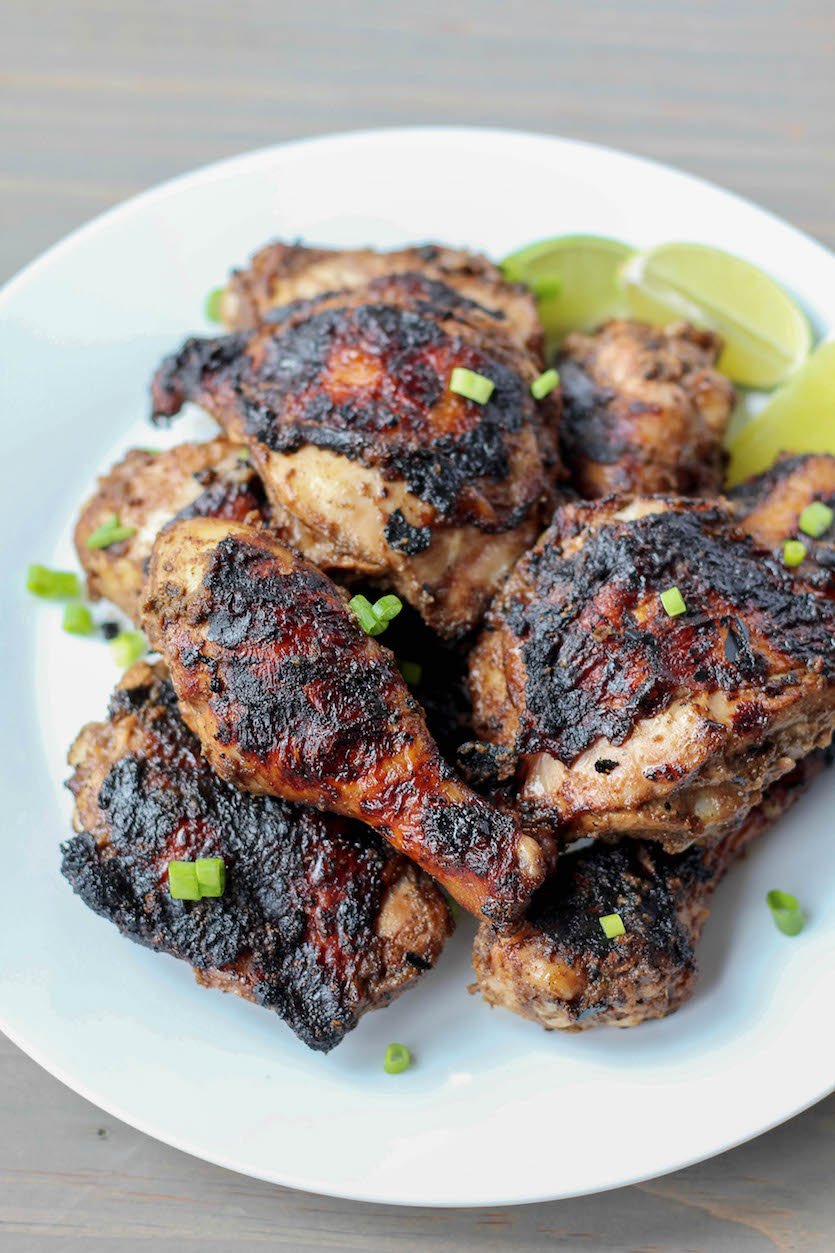This warm potato salad with herbs has a light dressing that is full of flavor, making it a great healthy side dish for lunch and dinner alike.

Potatoes, talk about a food that has a bad rap! These poor little spuds have been demonized for years, said to be the root cause of weight gain and so much more. The reality is that white potatoes are an incredibly nutritious whole food that has been consumed by many cultures for hundreds of years, so they are nothing to be afraid of. When consumed in appropriate amounts, whole food starches like white potatoes, white rice, corn, and oatmeal are a far superior source of energy to any bread, noodle, or cracker. It is this common type of common food and nutrition misconception that I want to dispel for people because you should never have to worry or fear any whole food that you are eating. The truth is, there are no “good” or “bad” foods, there is only real food, and a bunch of other processed stuff we call food, and if you focus on eating real whole food and cooking from scratch, you will do just fine.
This warm potato salad with fresh herbs is a twist on a classic potato salad; served warm with a much lighter and more flavourful dressing. I used a mixture of fresh herbs including parsley, basil, and chives, but you could use any combination of fresh herbs you like. I think a little touch of dill or mint would work well too.
Print
Warm Potato Salad with Fresh Herbs
This warm potato salad with fresh herbs can be made with yellow potatoes or baby red or white potatoes. Although meant to be served warm, this salad also keeps very well in the fridge for 3-4 days and taste great as cold leftovers too.
-
Prep Time: 10 minutes
-
Cook Time: 20 minutes
-
Total Time: 30 minutes
-
Yield: 6 servings
-
Category: Salads, Sides
-
Cuisine: Vegetarian
- Diet: Low Calorie
Ingredients
- 2 pounds yellow potatoes or baby potatoes, skin on
- 1/4 cup olive oil
- 1/2 lemon, zested
- 1 lemon, juiced
- 2 tablespoons whole-grain mustard
- 1 clove garlic, minced
- 1/3 cup flat-leaf parsley, finely chopped
- 4 sprigs chives, minced (about 1/8 cup)
- 2 sprigs basil, roughly chopped (about 1/8 cup)
- 1/2 teaspoon salt
- 1/4 teaspoon black pepper
Instructions
- Wash, rinse, and dry potatoes, and then cut them in half or quarters to create bite-size pieces.
- Bring a pot of salted water to a boil, add cut potatoes, and cook for 18-20 minutes the potatoes are tender and can be pierced with a fork.
- While the potatoes are boiling, add the olive oil, lemon juice, lemon zest, minced garlic, and grainy mustard to a bowl and whisk until well combined. Set aside.
- Once the potatoes are cooked, drain the water, and add then transfer the potatoes to a large bowl.
- While the potatoes are still hot, pour the dressing over the potatoes, then toss or stir until all potatoes are well coated in dressing.
- Add the fresh herbs, salt, and pepper and toss again. Taste and adjust seasoning as needed.
- Serve the warm salad immediately and enjoy!
Nutrition
- Serving Size: 1 serving
- Calories: 118 calories
- Sugar: 2 grams
- Fat: 10 grams
- Carbohydrates: 9 grams
- Fiber: 1 gram
- Protein: 1 gram































